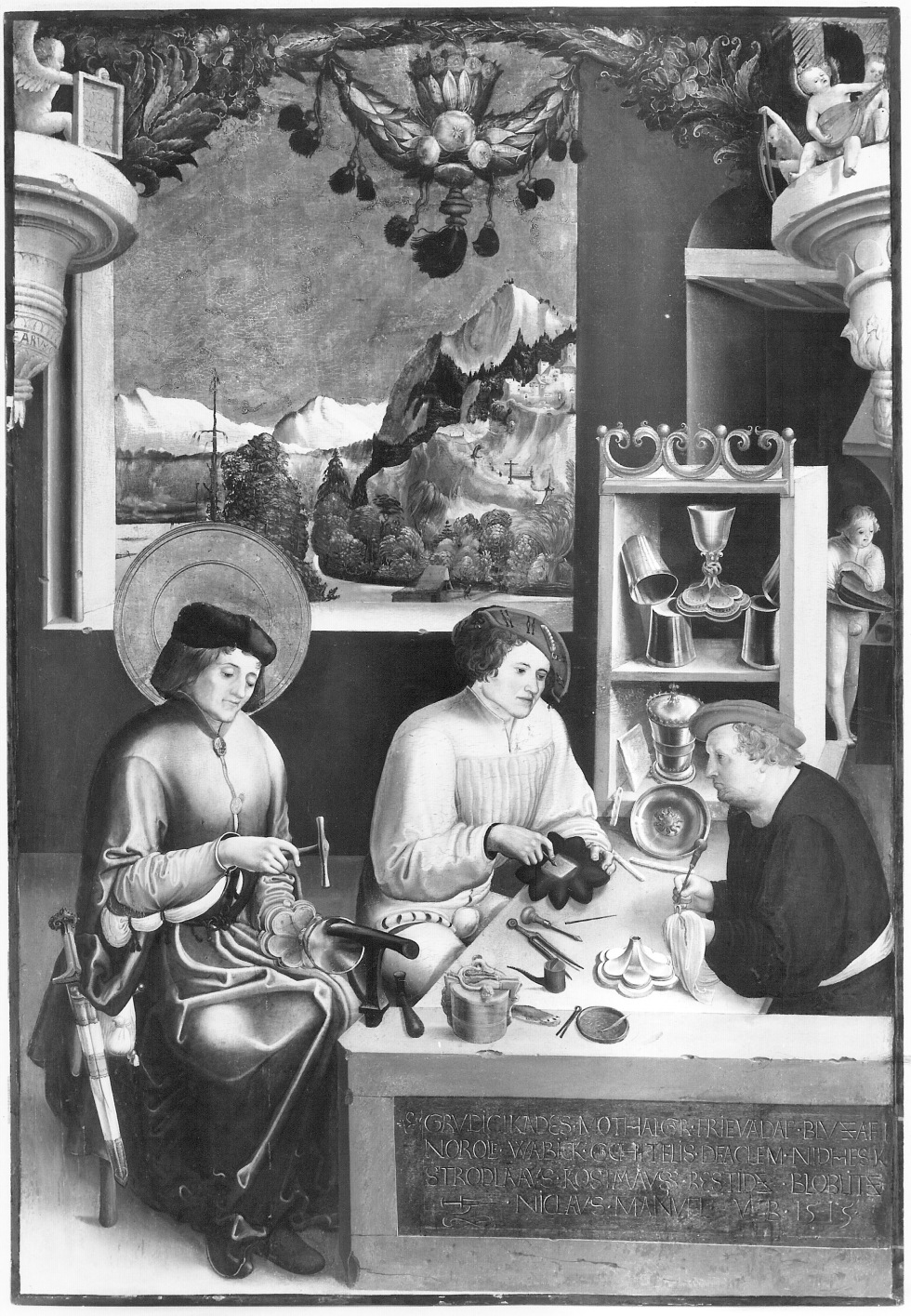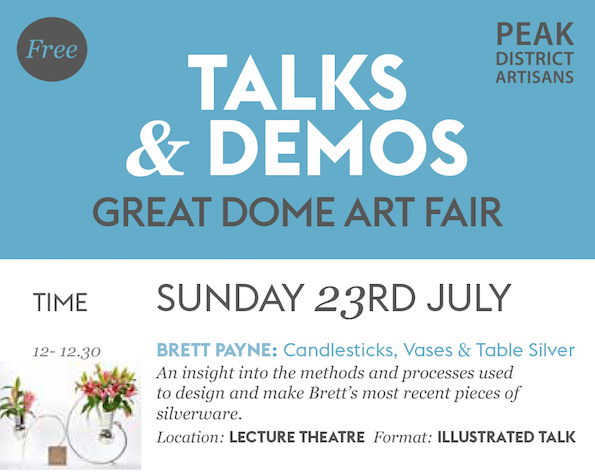
A craftsman would be nothing without his tools. Ask any maker and whatever material they work in, whether it’s wood, ceramics or textiles, they will tell you that they have a favourite tool. It goes without saying that different tools are suited to different techniques: in our case, a forging hammer is very different from a planishing hammer, for example. Sometimes, the only way to get a tool that fulfils a specific requirement is to make it yourself. We have been designing a lot of vases and carafes this year and, as a result, we have been making our own raising and planishing stakes, which we use to raise the shape of each vessel in britannia silver. The stakes themselves are made from steel; hammered, filed and ground into the desired shape.
Play the video below to see how it’s done!
Traditionally, the medieval apprentice would take ownership of his own set of tools when he completed his training as a craftsman, giving him the means to branch out from his master’s practice and establish his own living. The tools themselves have hardly changed over the last 600 years and the stakes you see in the 16th century engraving above are identical to the ones we use in our workshop.
Today, a silversmith’s tools might not necessarily represent the cutting edge in manufacturing technology but they continue to enable makers to practice and trade as independent artisans in much the same way as they have done for centuries.
For more on our hand-raised Carafes and Vases, click here!
Don’t miss us at the Great Dome Art Fair this weekend in Buxton. Brett will be giving a talk on Sunday 23rd at 12 o’clock as part of this event. Click here for more details.


